Over generations
Introduction
How does language change over generations? Can we see this process in action?
Observing the most recent generations of Londoners, we get a glimpse into the mechanics of language change: Why one group’s way of speaking spreads and another’s vanishes, how specific social events or policies altered the make-up of the city, and how prestige rises and falls.
1900-1945
A period of social stability
In the early 20th century foreign migration was fairly low, though important groups of non-English speakers had arrived in London from overseas in earlier centuries. There were substantial numbers of African-born people in London, as well as smaller numbers of Indians and Chinese. In the 1930s and 40s, there were further arrivals of Jews escaping Nazi persecution, and considerable numbers of non-Jews from various parts of Europe.
Language a code for class
The dominant London accents during this time were the traditional standard – what is now termed Conservative Received Pronunciation (RP) – and the traditional vernacular: Cockney.
By the 20th century, a standard Southern English accent had been selected and promoted, at the cost of the increasingly stigmatised Cockney, for over 200 years. London embodied the social and class divide between a highly valued standard variety, and an equally stigmatised vernacular variety.
1945-1980
A post-war transformation
The post-Second World War period saw massive changes in the population of London. In need of labour for reconstruction, the government invited migration from the Commonwealth, firstly from the Caribbean (particularly Jamaica), and also from India and Pakistan. Increased immigration from South Asia followed in the 1970s.
Many new arrivals settled in the outer zones of London, such as Hounslow, or more affordable inner boroughs, such as Tower Hamlets and Hackney, and as in previous centuries these neighbourhoods became focal points of change.
Their importance in shaping new varieties of speech was amplified by slum-clearance programmes and social mobility that saw traditional Cockney speakers move further East into Essex, and to New Towns such as Stevenage and Basildon.
A modern, multilingual city
London became increasingly multilingual and multicultural. Until about 1970, the Caribbean was the principal source of new arrivals, and their languages dominated immigrant communities as a whole.
Their English-based Creoles could be partly understood by English speakers, and so could be picked up as part of casual speech in London more easily than languages from the Indian subcontinent.
A new variety of English, with a Caribbean influence
The dominance of Jamaicans within the Caribbean group meant their Creole became the norm for young Caribbeans in London regardless of heritage. The resulting language was regularly mixed with English, giving rise to a variety known as London Jamaican.
Ultimately, London Jamaican became the basis for Black British English, or BBE. Unlike London Jamaican, which contains a great deal of Creole, BBE is clearly a variety of English, and is fully intelligible to other speakers of English.
There is no clear cut-off for the transition from London Jamaican to BBE, and London Jamaican is still spoken today in communities where there is continued migration from the Caribbean.
1980s & 90s
Global London
The 80s and 90s saw a rapid increase in immigration from Africa, particularly Nigeria and Ghana, and also from India and Pakistan. As London grew as a global financial hub, people came from many other parts of the world, including increasing numbers from Western Europe.
This brought great wealth, but also massive inequality among both the indigenous population and low-skilled migrants and their descendants, and it is among these groups that new hybrid varieties of English started to emerge.
From bi-cultural to multicultural
At this time, Londoners in both Caribbean and South Asian communities tended to be bidialectal (being able to speak two dialects of the same language), often speaking their heritage Creole varieties and South Asian English as well as the London vernacular of their generation.
In later generations, this clear bi-cultural pattern of the first London-born generation has given way to fused varieties of English, with influence from heritage languages directly mixed with a London vernacular style. The most developed and well-known of these varieties is Multicultural London English (MLE).
Many influences, and many outcomes
Exploring how new varieties form provides insight into the complex sociology of London. Demographics alone do not drive changes in dialects: ethnic diversity and class interact in different ways to produce different outcomes.
In East London (Tower Hamlets), MLE emerged as a distinctively class-linked variety, not tied to any specific ethnicity. In the West (Southall), the equally established and recognised British Asian English (BAE) emerged – this has remained associated with one ethnic group (not multiethnic) and is not as clearly class-linked.
Public policy, as well as class-linked housing practices, directly influence social networks, which drives different dialect outcomes.
Working class young British Asians in Tower Hamlets grew up in multiethnic housing estates and schools and contributed to a new multiethnic dialect. By contrast, working and lower middle class British Asians in Southall were able to rent housing near each other, living and working in more ethnically uniform communities, and ultimately developing a variety that reflected that.
2000 onwards
An ever-changing city
As the 21st century began, migration patterns continued the shift that began in the 80s and 90s, with higher numbers from West Africa than the Caribbean. Earlier sources of migration continued, with the largest single group still arriving from India.
After 2004, large numbers of people from the new EU members in Eastern Europe arrived, with by far the largest group from Poland. Eastern European youth are sometimes the most advanced users of MLE, actively adopting and advancing the variety they hear around them. Immigration today continues at a rapid pace, though with fewer now arriving from Europe.
A new London vernacular
These new varieties are more dominant than Cockney in working class parts of London now, especially among young people, though traditional London vernacular speakers can also still be heard. In South London, the longer standing BBE also continues in Black communities, though it now forms a continuum with the closely related MLE.
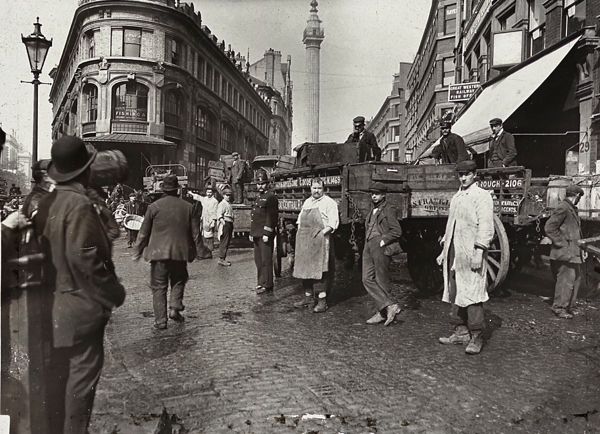
Standard and vernacular
‘Standard’ means the variety of speech socially selected as the most prestigious way of speaking. ‘Vernacular’ describes ways of speaking that develop within close, in-group interaction within communities, that differ from the standard.
Standard speech is often associated with the written form for its grammar and vocabulary – Received Pronunciation is strongly associated with standard written English. Similarly, ‘vernacular’ speech often refers to non-standard dialects and associated accents, but is also used to describe casual speaking styles that would not be written down.
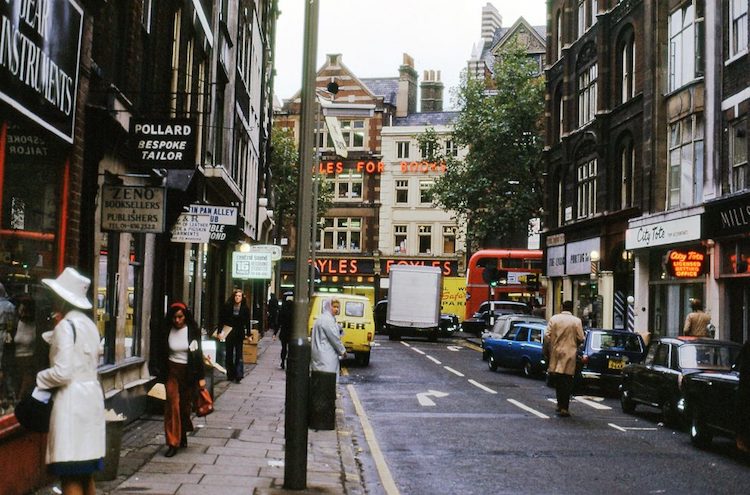
Changes to Received Pronunciation
Even ‘standard’ forms of a language change continually. As class ties loosened following the World Wars, Mainstream RP and Contemporary RP, which had taken on vernacular features from the South East, began replacing Conservative RP, which was now associated with older generations and the aristocracy.
Mainstream RP is the most common version heard today, and is used, for example, by many presenters on the BBC. Contemporary RP is used by younger upper-middle-class speakers, and has some similarities with Estuary English.

Estuary English
Estuary English (EE), sometimes called ‘Mockney’, is an accent spoken in the Home Counties region in the southeast of England (named after the Thames estuary). First recognised in the 1980s, it was spoken mainly in the outer London boroughs and the neighbouring counties of Kent and Essex.
Described as a blend of RP and Cockney, it arises both from RP speakers trying to sound less “posh”, and from Cockney speakers trying to do the opposite. Some linguists suggest it will take over as the southern standard accent in England.
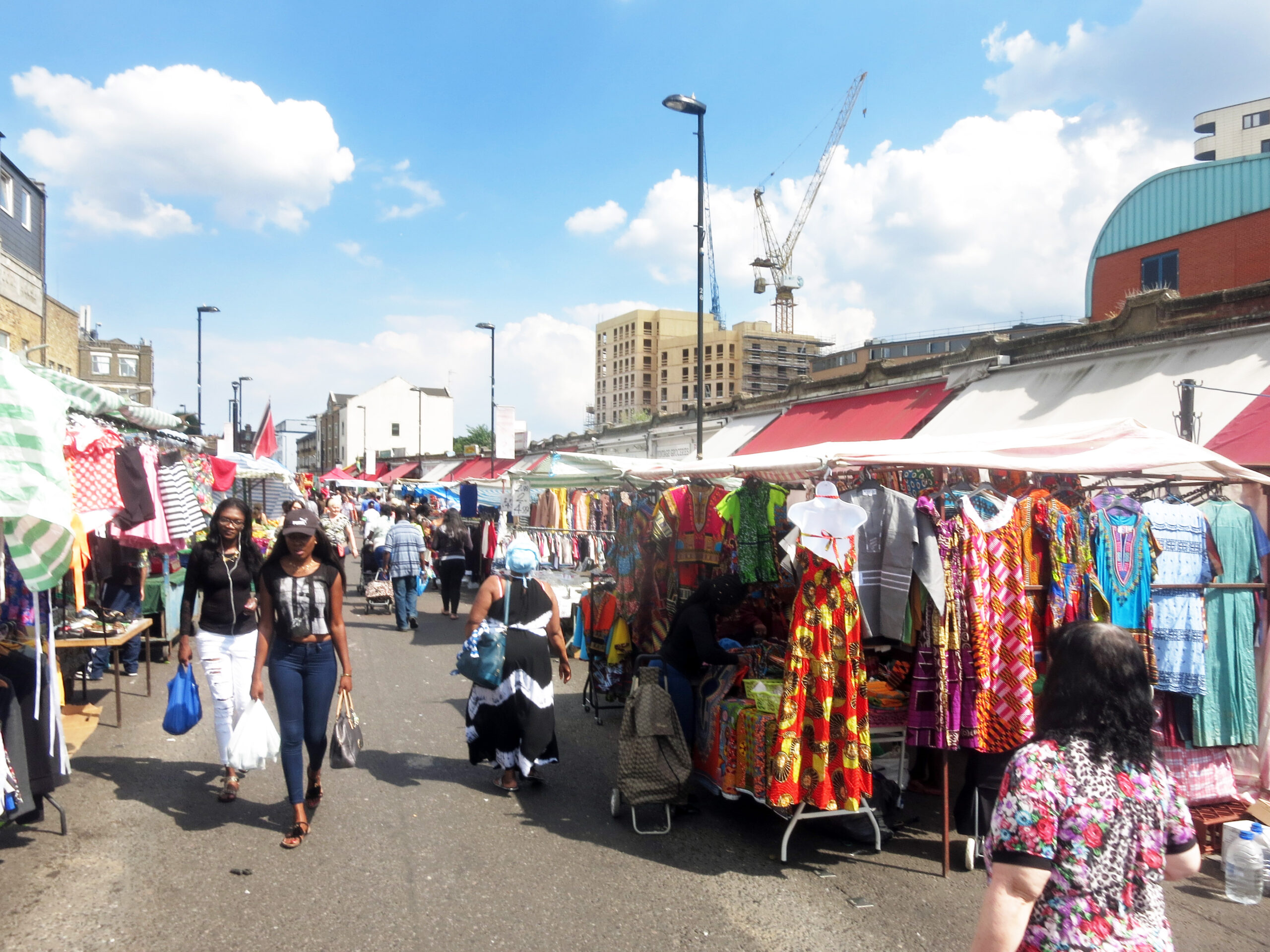
The mix of migration and youth
MLE emerged from interaction between different ethnic and linguistic groups in high-migration neighbourhoods, with children and teenagers playing a key role.
BBE had enjoyed ‘covert prestige’ since the 1980s. Young people from various backgrounds – especially later migrants, such as Eastern Europeans – recognised its status in their peer groups, and mixed elements of it with their own accents and dialects.
Spreading through multiethnic friendship groups and urban popular culture, particularly in East and South London, MLE came to be the voice of a particular London social class rather than of any one ethnic group.
Introduction
How does language change over generations? Can we see this process in action?
Observing the most recent generations of Londoners, we get a glimpse into the mechanics of language change: Why one group’s way of speaking spread and another’s vanishes, how specific social events or policies altered the make-up of the city, and how prestige rises and falls.
1900-1945
A period of social stability
In the early 20th century foreign migration was fairly low, though important groups of non-English speakers had arrived in London from overseas in earlier centuries. There were substantial numbers of African-born people in London, as well as smaller numbers of Indians and Chinese. In the 1930s and 40s, there were further arrivals of Jews escaping Nazi persecution, and considerable numbers of non-Jews from various parts of Europe.
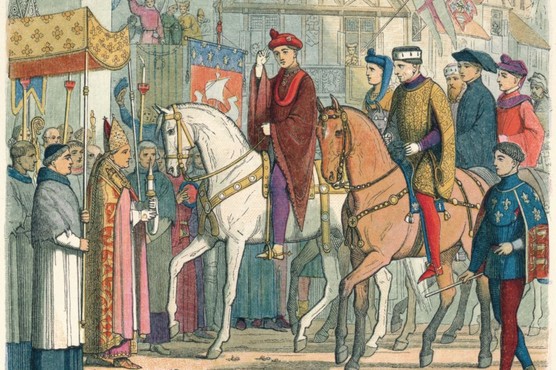
Standard and vernacular
‘Standard’ means the variety of speech socially selected as the most prestigious way of speaking. ‘Vernacular’ describes ways of speaking that develop within close, in-group interaction within communities, that differ from the standard.
Standard speech is often associated with the written form for its grammar and vocabulary – Received Pronunciation is strongly associated with standard written English. Similarly, ‘vernacular’ speech often refers to non-standard dialects and associated accents, but is also used to describe casual speaking styles that would not be written down.
Language a code for class
The dominant London accents during this time were the traditional standard – what is now termed Conservative Received Pronunciation (RP) – and the traditional vernacular: Cockney.
By the 20th century, a standard Southern English accent had been selected and promoted, at the cost of the increasingly stigmatised Cockney, for over 200 years. London embodied the social and class divide between a highly valued standard variety, and an equally stigmatised vernacular variety.
1945-1980
A post-war transformation
The post-Second World War period saw massive changes in the population of London. In need of labour for reconstruction, the government invited migration from the Commonwealth, firstly from the Caribbean (particularly Jamaica), and also from India and Pakistan. Increased immigration from South Asia followed in the 1970s.
Many new arrivals settled in the outer zones of London, such as Hounslow, or more affordable inner boroughs, such as Tower Hamlets and Hackney, and as in previous centuries these neighbourhoods became focal points of change.
Their importance in shaping new varieties of speech was amplified by slum-clearance programmes and social mobility that saw traditional Cockney speakers move further East into Essex, and to New Towns such as Stevenage and Basildon.
A modern, multilingual city
London became increasingly multilingual and multicultural. Until about 1970, the Caribbean was the principal source of new arrivals, and their languages dominated immigrant communities as a whole.
Their English-based Creoles could be partly understood by English speakers, and so could be picked up as part of casual speech in London more easily than languages from the Indian subcontinent.
A new variety of English, with a Caribbean influence
The dominance of Jamaicans within the Caribbean group meant their Creole became the norm for young Caribbeans in London regardless of heritage. The resulting language was regularly mixed with English, giving rise to a variety known as London Jamaican.
Ultimately, London Jamaican became the basis for Black British English, or BBE. Unlike London Jamaican, which contains a great deal of Creole, BBE is clearly a variety of English, and is fully intelligible to other speakers of English.
There is no clear cut-off for the transition from London Jamaican to BBE, and London Jamaican is still spoken today in communities where there is continued migration from the Caribbean.
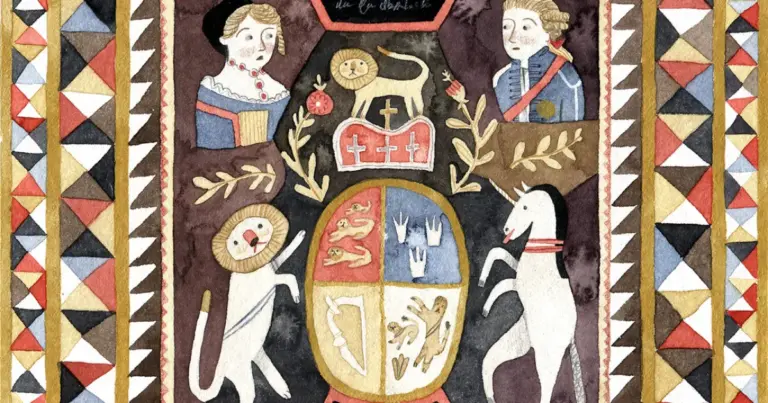
Changes to Received Pronunciation
Even ‘standard’ forms of a language change continually. As class ties loosened following the World Wars, Mainstream RP and Contemporary RP, which had taken on vernacular features from the South East, began replacing Conservative RP, which was now associated with older generations and the aristocracy.
Mainstream RP is the most common version heard today, and is used, for example, by many presenters on the BBC. Contemporary RP is used by younger upper-middle-class speakers, and has some similarities with Estuary English.
1980s & 90s
Global London
The 80s and 90s saw a rapid increase in immigration from Africa, particularly Nigeria and Ghana, and also from India and Pakistan. As London grew as a global financial hub, people came from many other parts of the world, including increasing numbers from Western Europe.
This brought great wealth, but also massive inequality among both the indigenous population and low-skilled migrants and their descendants, and it is among these groups that new hybrid varieties of English started to emerge.
From bi-cultural to multicultural
At this time, Londoners in both Caribbean and South Asian communities tended to be bidialectal (being able to speak two dialects of the same language), often speaking their heritage Creole varieties and South Asian English as well as the London vernacular of their generation.
In later generations, this clear bi-cultural pattern of the first London-born generation has given way to fused varieties of English, with influence from heritage languages directly mixed with a London vernacular style. The most developed and well-known of these varieties is Multicultural London English (MLE).
Many influences, and many outcomes
Exploring how new varieties form provides insight into the complex sociology of London. Demographics alone do not drive changes in dialects: ethnic diversity and class interact in different ways to produce different outcomes.
In East London (Tower Hamlets), MLE emerged as a distinctively class-linked variety, not tied to any specific ethnicity. In the West (Southall), the equally established and recognised British Asian English (BAE) emerged – this has remained associated with one ethnic group (not multiethnic) and is not as clearly class-linked.
Public policy, as well as class-linked housing practices, directly influence social networks, which drives different dialect outcomes.
Working class young British Asians in Tower Hamlets grew up in multiethnic housing estates and schools and contributed to a new multiethnic dialect. By contrast, working and lower middle class British Asians in Southall were able to rent housing near each other, living and working in more ethnically uniform communities, and ultimately developing a variety that reflected that.
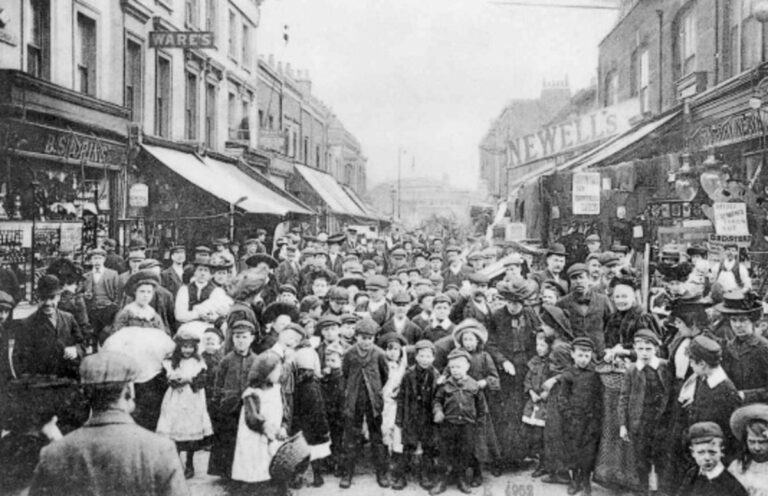
Estuary English
Estuary English (EE), sometimes called ‘Mockney’, is an accent spoken in the Home Counties region in the southeast of England (named after the Thames estuary). First recognised in the 1980s, it was spoken mainly in the outer London boroughs and the neighbouring counties of Kent and Essex.
Described as a blend of RP and Cockney, it arises both from RP speakers trying to sound less “posh”, and from Cockney speakers trying to do the opposite. Some linguists suggest it will take over as the southern standard accent in England.
2000 onwards
An ever-changing city
As the 21st century began, migration patterns continued the shift that began in the 80s and 90s, with higher numbers from West Africa than the Caribbean. Earlier sources of migration continued, with the largest single group still arriving from India.
After 2004, large numbers of people from the new EU members in Eastern Europe arrived, with by far the largest group from Poland. Eastern European youth are sometimes the most advanced users of MLE, actively adopting and advancing the variety they hear around them. Immigration today continues at a rapid pace, though with fewer now arriving from Europe.
A new London vernacular
These new varieties are more dominant than Cockney in working class parts of London now, especially among young people, though traditional London vernacular speakers can also still be heard. In South London, the longer standing BBE also continues in Black communities, though it now forms a continuum with the closely related MLE.

The mix of migration and youth
MLE emerged from interaction between different ethnic and linguistic groups in high-migration neighbourhoods, with children and teenagers playing a key role.
BBE had enjoyed ‘covert prestige’ since the 1980s. Young people from various backgrounds – especially later migrants, such as Eastern Europeans – recognised its status in their peer groups, and mixed elements of it with their own accents and dialects.
Spreading through multiethnic friendship groups and urban popular culture, particularly in East and South London, MLE came to be the voice of a particular London social class rather than of any one ethnic group.
